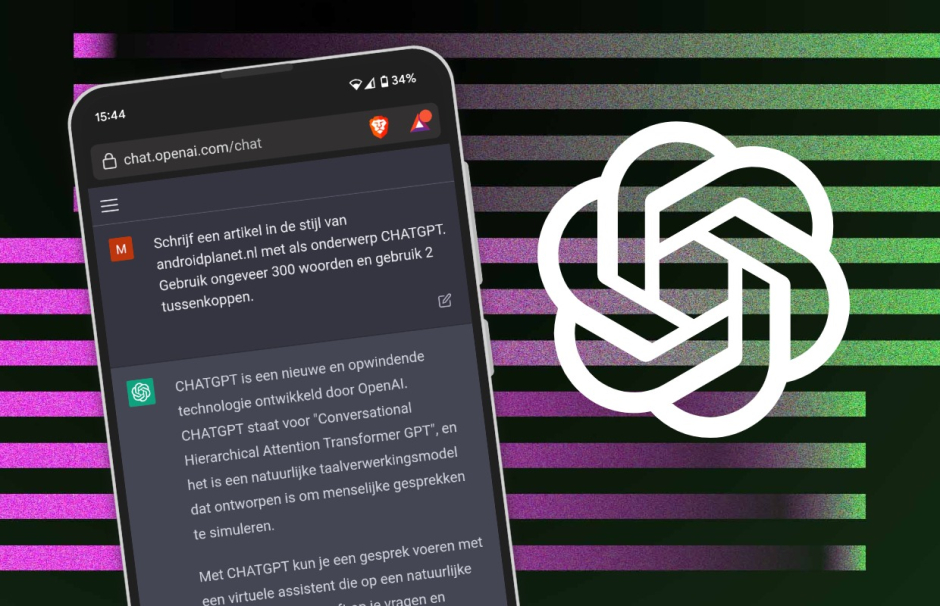The brand new chatbot ChatGPT was launched for public use only in December but has already amassed 57 million monthly active users in its first month of availability. It is expected to have surpassed 100 million monthly active users in January, according to new research from investment bank UBS.
To get the same amount of users, it took the social media app TikTok roughly nine months after its launch to build the same user base, and roughly two and a half years for Instagram to acquire 100 million monthly active users. Google Translate took six and a half years to reach that milestone.
“This is the fastest consumer application I have seen to hit 100 million monthly active users in my career covering this space,” UBS equities analyst Lloyd Walmsley told CBS MoneyWatch. “The ramp has been extraordinary.”
It is expected to get similar advanced tools from deep-pocketed competitors like Google could also detract from ChatGPT’s explosive popularity. But because Google has a large incumbent business to protect, it risks damaging its reputation if its own AI-powered chatbot generates content that is inaccurate, or worse, offensive.
“The question is, how much do they expose to the public and how fast do they do it?” Walmsley said.
ChatGPT is free to use for now. The company behind the tool, OpenAI, is testing a $20 monthly subscription for access to a pro version of the app, called “ChatGPT Plus,” which provides users faster responses and priority access to the site when it is overloaded with visitors. OpenAI also plans to continue to offer a free version to the public, the company said.
“There are more than 1 billion knowledge workers, so given the potential for this to even have utility beyond knowledge workers, it’s not crazy to think it could indeed be that large,” Walmsley said.
Indeed, students and professionals of all stripes are eagerly testing ChatGPT’s capabilities. It can write essays and generate a range of documents, while corporate leaders even report using the tool for strategic brainstorming.
At the same time, the breakthrough technology’s surging popularity is raising concerns about the types of workers it could replace as more people use so-called generative AI to write computer code, summarize text and perform other tasks done by humans today.
“There is an element that’s a little bit frightening in the sense of the capabilities of this and what the implications might be for lower skill-level knowledge workers,” Walmsley said.
Walmsley himself said he already relies on the tool to help conduct AI-related research.
Currently, ChatGPT averages 13 million unique visitors a day, according to UBS. But its growth could taper over the next few months if the hype subsides.
“The next question is obviously what it’s staying power will be. There may be an element of people just coming to look,” Walmsley said.
According to their mission, OpenAI is an artificial intelligence research and development company aiming to “ensure that artificial general intelligence (AGI)—by which we mean highly autonomous systems that outperform humans at most economically valuable work—benefits all of humanity.”
They have put out products like DALL-E2 in the past, an AI that can create images and art from descriptions by users, and Codex, a system that converts written words into code.
This technological development has not been missed by Bates faculty. The faculty met on Jan. 23 for a preliminary meeting to hear concerns and questions from professors about ChatGPT. Associate Dean of Faculty Donald Dearborn said that faculty are just beginning to “grapple individually with what this means for how they teach and how they do their work.”
The concern about academic integrity has held significant space in conversations about the use of ChatGPT in higher education. In early January a senior at Princeton University created GPT Zero, a tool that can be used to identify when a text is written by ChatGPT. The tool bases its analysis on the “perplexity” and “burstiness” of the text. Essentially, if the text has multiple variations of sentence length and complexity, or GPT Zero is “perplexed” by the text, it is unlikely to be AI-generated.
Read More:











